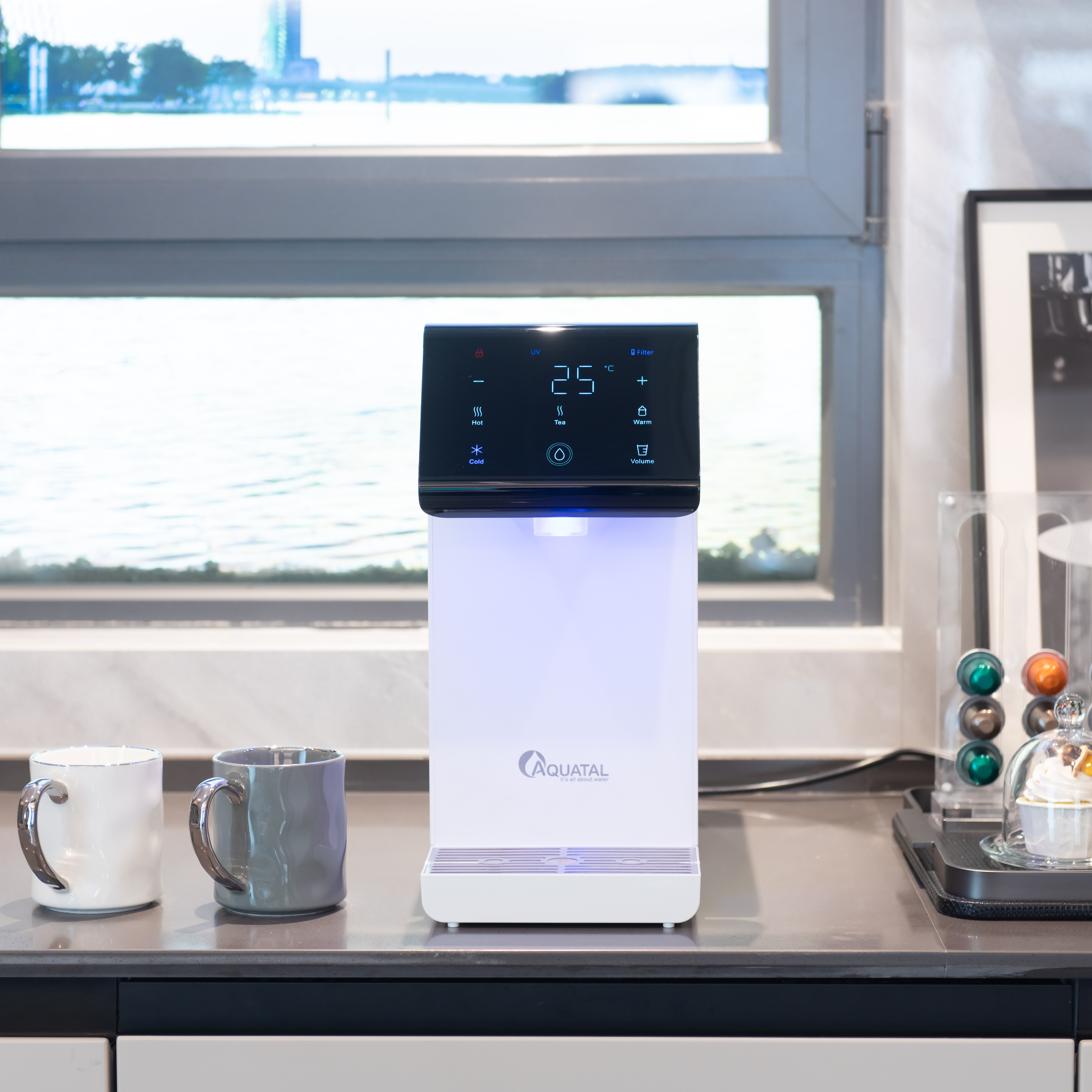 Introduction
Introduction
Water dispensers have come a long way from bulky, energy-guzzling machines to sleek, intelligent systems that prioritize health, sustainability, and convenience. As we approach 2025, the latest innovations in water dispenser technology are poised to change not just how we drink water, but how we interact with it. In this blog, we dive into the groundbreaking advancements of the 2025 water dispenser and how it seamlessly integrates into modern lifestyles.
Key Innovations Driving the 2025 Water Dispenser Revolution
- Predictive Maintenance and Self-Diagnostics
Forget guessing when to replace filters! The 2025 models use IoT sensors to monitor water quality, filter lifespan, and system performance in real time. They send alerts to your phone when maintenance is due—or even order replacement parts automatically through partnered retailers. - Climate-Adaptive Cooling/Heating
These dispensers optimize energy use based on ambient temperature. On a hot day, they prioritize cooling efficiency, while in colder climates, they focus on rapid heating. Some models even leverage geothermal energy compatibility for off-grid setups. - Augmented Reality (AR) User Guides
Struggling with installation or troubleshooting? Point your phone at the dispenser, and an AR overlay guides you step-by-step. Brands like AquaTech are already demoing this feature for seamless user experiences. - Community Hydration Networks
Office or apartment complexes with multiple 2025 dispensers can create “hydration networks.” These systems share usage data to predict peak demand, reduce energy spikes, and even allocate water resources efficiently during shortages. - Plastic-Neutral Initiatives
Leading brands now pledge to remove 1kg of ocean plastic for every dispenser sold. Models like PureFlow OceanGuard come with QR codes that let users track their environmental impact in real time.
Why Upgrade to a 2025 Model?
- Cost Savings: AI-driven energy management can cut utility bills by up to 50% compared to older units.
- Health Integration: Sync with wearable devices (Apple Watch, Fitbit) to auto-dispense water when your heart rate or activity levels indicate dehydration risks.
- Space-Saving Designs: Wall-mounted, modular units with hidden tanks maximize small-space usability—perfect for urban apartments or minimalist offices.
Real-World Applications Making Waves
- Schools: Dispensers with child-safe interfaces and gamified “hydration challenges” to encourage kids to drink more water.
- Gyms: Post-workout alkaline water stations with QR code-activated personalized mineral boosts.
- Smart Cities: Public dispensers with facial recognition for personalized temperature preferences (e.g., tourists vs. locals).
Post time: Mar-28-2025

